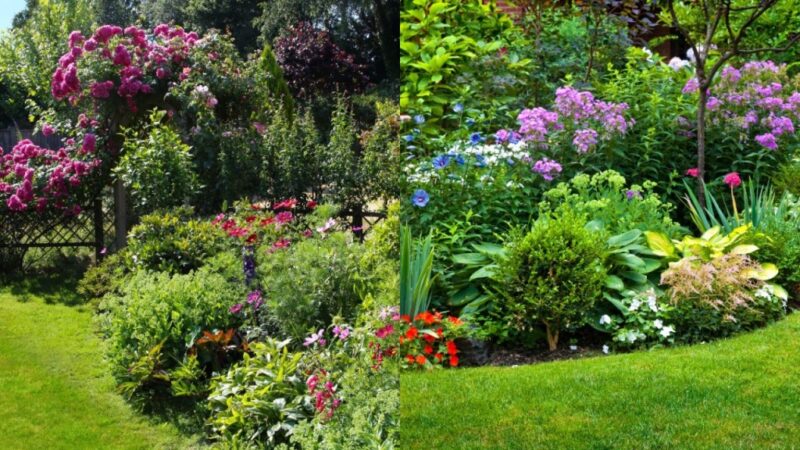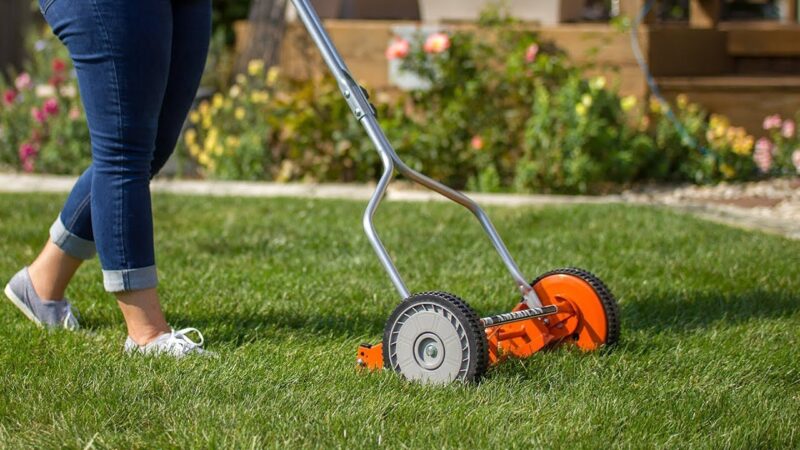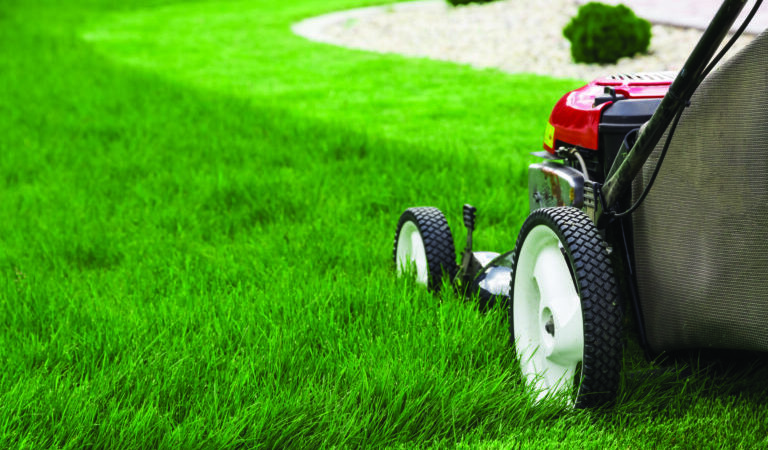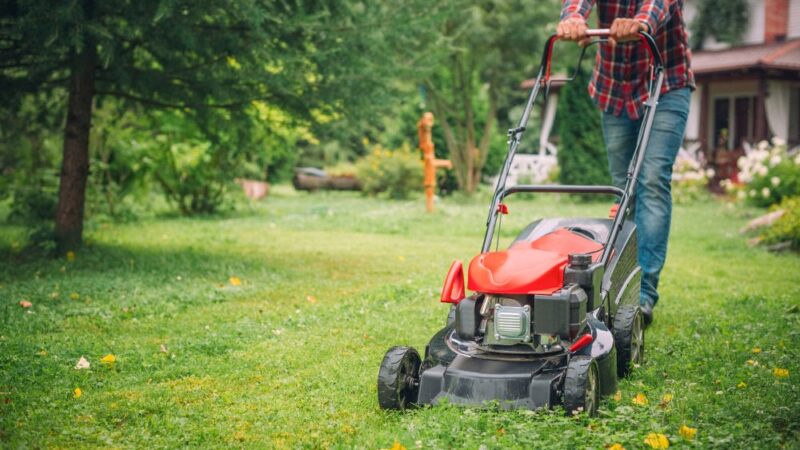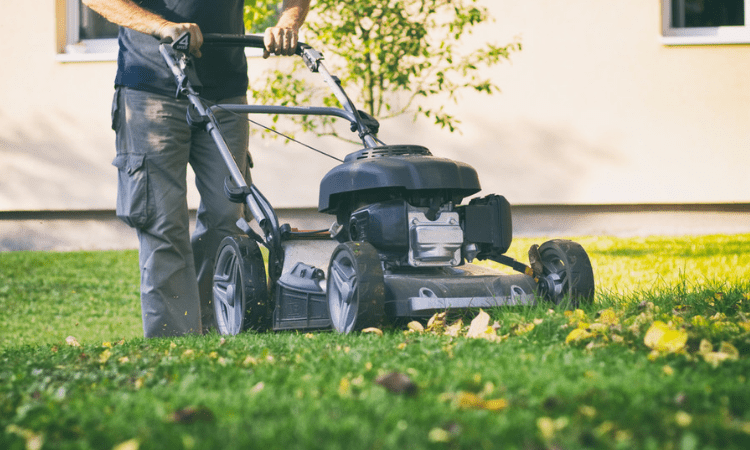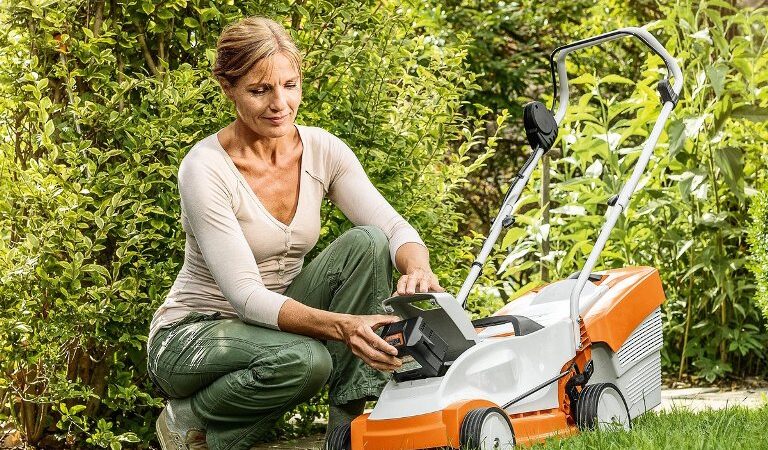How to Grow and Care for Geranium Flower
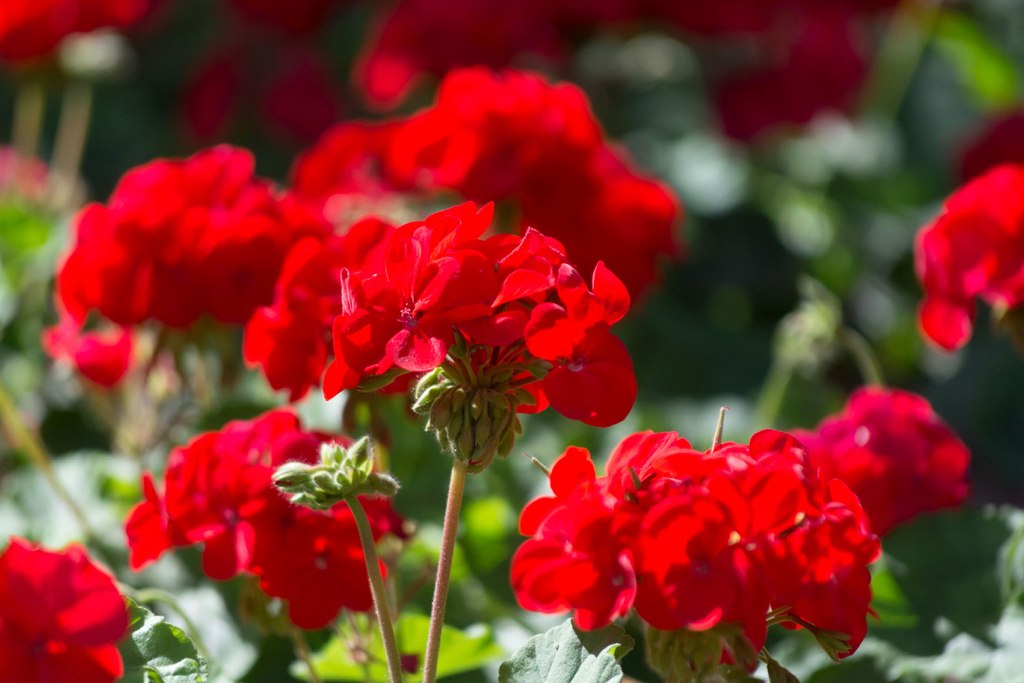
Family and Genus
Geranium, also known as geraniums or cranesbills, and belonging to the family Geraniaceae, is an aromatic and popular flower that is mostly found in the temperate regions, mountain tropics, and in eastern Mediterranean regions. You can also find them in a variety of habitats such as woodlands, meadows, prairies, and even on hard and rocky slopes. Although geraniums are now very popular in Europe, these plants are actually natives of South Africa and came to Europe only in the 17th century. About 250 different wild species are still found in South Africa.
Geranium belongs to a genus that consists of about 422 different species of annual, biennial, and perennial plants. An annual plant is one that grows only for one year, whereas a perennial plant regrows every year and lasts for several seasons. A biennial plant, however, is one that completes its entire life cycle in just two seasons. Geraniums are essentially perennial plants and can last for many years. While the geranium plants are commonly used for bedding plants in gardens, they are also grown as indoor plants or in hanging baskets.
Features
The leaves of Geranium are palmately divided along its long petioles and are mostly circular. They also have a light and citrus-like fragrance. These petioles arise from the crown section. The flowers have five petals that come in different colors, such as light blue, pink, purple, and white. The seeds usually bloom into flowers from summer to mid-spring. Another interesting feature is that species belonging to the genus geranium all have a specialized mechanism of seed dispersal. This is found in some varieties of geraniums that have a beak-like column.
When ripe, this column quickly springs open and thus scatters the seeds to some extent. As we saw earlier, geraniums are also known as cranesbills, and this comes from the fact that in some species, the unsprung column is quite long and therefore resembles the bill of a crane. But this is limited only to some species, and you may not find them in all varieties of geraniums.
Commonly Grown Geranium Species
Some of the most common geranium species are as follows:
- Geranium Clarkei (Clarke’s Geranium)
- Geranium Endressii (Endres’s Cranesbill)
- Geranium Maderense (Giant Herb Robert)
- Geranium Platypetalum (Broad-petaled Geranium)
- Geranium Renardii (Renard Geranium)
- Geranium Sanguineum (Bloody Cranesbill)
- Geranium Ibericum (Caucasus Geranium)
- Geranium Erianthum (Wooly Geranium)
- Geranium Maculatum (Wild Geranium)
- Geranium × Magnificum (Showy Geranium)
- Geranium Phaeum (Dusky Cranesbill)
All of these species are winter-hardy plants that are famous for their attractive foliage. Some of the species that are not winter-hardy include:
- Geranium Argenteum
- Geranium Procurrens
- Geranium Renardii
- Geranium Versicolor
How To Plant and Grow Geranium?
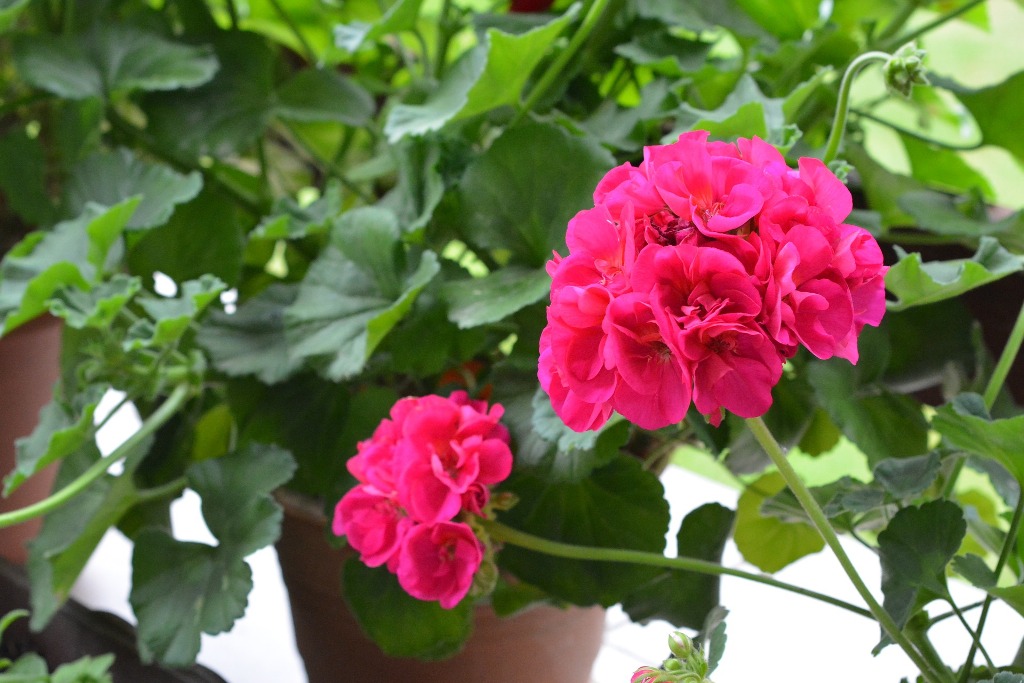
Growing geranium plants are a simple affair and can be easily done by anyone. You can grow them in your garden not just for their beauty but for their sweet and aromatic scent as well. Not only are they hardy and adaptable, but it can also instantly brighten up your garden. They can be grown in rock gardens, in flower beds, in containers, and even in hanging baskets.
Even though the geraniums can grow in arid regions and are extremely drought resistant, in the initial stages of planting, they require soil that is a little bit moist and well-drained, not over logged. The plant also propagates on its own when it planted in very fertile soil. The plants will grow abundantly in both light shady regions like hilltops as well as in areas where they are exposed to full sun. Completely sunny or partly shaded areas are what the geranium plants need to thrive for many years.
Even though they are perennial plants that can last up to a lifetime, in the initial stages, especially the first couple of years, the plants record a slow and steady growth. But after that, once it forms a mound, they grow quite rapidly and last from late spring to autumn. However, during summer, the mound can look very leggy and might become plump. With effective deadheading, this issue can be easily resolved. You can ensure that the plant is compact by deadheading, but you are bound to lose some seed heads in this manner.
Best Growing Practices
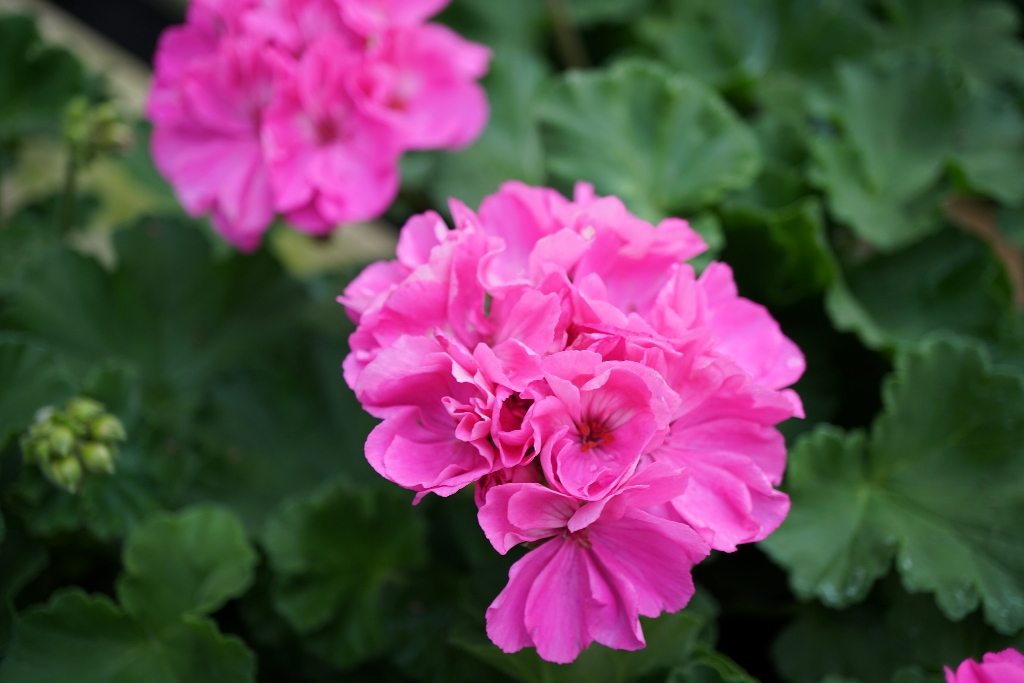
When planting hardy geraniums, ensure that the crown of the plant stays at the soil level. This is to make sure that you don’t lose the geranium flower. Every year, they can grow up to a height of 12-20 inches, and they can spread for about 18-24 inches. Geranium should be planted in areas where they have plenty of room to spread around. While planting many varieties of geraniums in a single place, make sure that each plant is as far apart from the next.
Fertilizing
Even though the plants are quite low-maintenance, and there isn’t really a need for fertilizers, you can still layer the soil with compost to improve overall soil drainage and retain the vital nutrients in the soil. You can also add perlite if you wish to. This will significantly improve soil drainage capabilities. If needed, only a light application of fertilizer is required for geraniums.
Common Pests and Diseases
Insect and pest attacks don’t occur frequently, and geraniums are relatively safe in that matter when comparing to other plants. However, they still face the issue to a certain extent. Some of the most common pests of the Geranium include aphids, cabbage loopers, and fall cankerworms. Few diseases occurring in Geranium are bacterial leaf spot and botrytis leaf spot. In both these diseases, you can notice the appearance of several dark and light spots on the leaf. This is why it is advised to remove infected leaves as soon as you find them so that the infection doesn’t get spread to other parts of the plant as well.
If they have been well maintained and taken care of properly, they can live for as long as 40 years. The most common reasons why geraniums die include waterlogged soil, over or under watering, and insects and diseases.
Most types of geraniums flourish and bloom well when they are exposed to full sun. However, certain types of plants may be more successful when they are exposed to part shade. Perennial geraniums are the ones that can grow in both sun and shade.
Deadheading is essential and shouldn’t be skipped when the plant starts getting leggy or when the flowers start turning brown and weak. Instead of simply plucking the flowers on the top, deadheading works best when you go a little deeper and snap the stem below the joint since this is where growth occurs. By doing so, you are cutting off the entire weak link, and so the plant can regrow properly.
